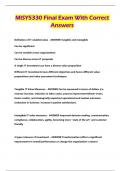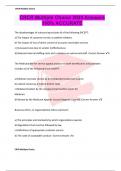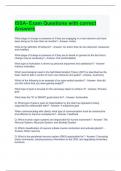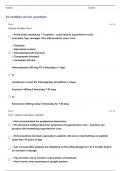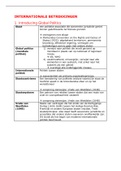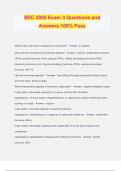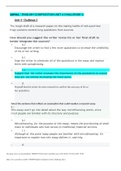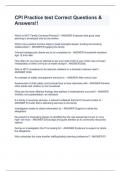Samenvatting
Summary Theories of Marketing summaries and notes
- Instelling
- Universiteit Van Amsterdam (UvA)
Theories of Marketing (block 1, for people pursuing the Consumer Marketing and Digital marketing tracks of MSc Business Administration at UvA). They include summaries of the academic articles, as well as some lecture and knowledge clip notes. Help a girl out by covering my caffeine addition costs. ...
[Meer zien]






